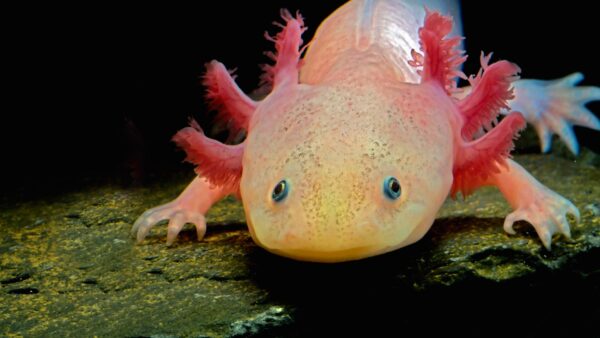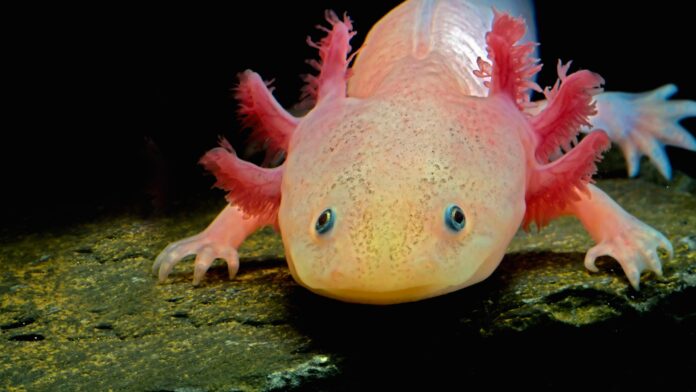XOCHIMILCO, MEXICO – In a beacon of hope for one of the world’s most unique and critically endangered amphibians, conservationists today released a cohort of captive-bred axolotls into the remaining natural habitat of Xochimilco’s ancient canal system. The symbolic event marks a crucial step in the ongoing battle to save the “water monster” from the brink of extinction, a creature teetering on the edge due to habitat loss, pollution, and invasive species.
The axolotl ( Ambystoma mexicanum ), a neotenic salamander famed for its regenerative abilities and perpetually youthful appearance, is native only to the freshwater ecosystem of Xochimilco, a network of canals and artificial islands (chinampas) south of Mexico City. Once abundant, their wild populations have plummeted dramatically in recent decades, leading the International Union for Conservation of Nature (IUCN) to classify them as critically endangered.
Today’s release, while modest in number, represents a significant milestone in the collaborative efforts between scientists, local communities, and conservation organizations. The axolotls, carefully bred in controlled environments to ensure genetic diversity, were introduced into specially designated “refuges” within the canal system. These refuges are designed to offer a degree of protection from non-native predators like carp and tilapia, and ideally, provide cleaner water and suitable vegetation.
“This is a moment of hope, but also a reminder of the urgent work that still needs to be done,” said Dr. Luis Zambrano, a leading axolotl researcher at the National Autonomous University of Mexico (UNAM), who has spearheaded conservation efforts for decades. “Reintroducing captive-bred individuals is just one piece of the puzzle. We must continue to focus on restoring the health of Xochimilco itself if we want these incredible creatures to have a future in the wild.”
The challenges facing wild axolotls are immense. The expansion of Mexico City has led to significant habitat degradation through drainage and contamination of the canals with sewage and agricultural runoff. Invasive species, introduced decades ago, prey on young axolotls and compete for their limited food resources.
However, the release is underpinned by recent scientific findings offering a glimmer of optimism. A study published just yesterday in PLOS One detailed the successful survival of captive-bred axolotls in both restored and artificial wetlands within Xochimilco. The research highlighted the importance of specific temperature ranges and the potential of carefully managed artificial habitats as supplementary conservation avenues.
The released axolotls have been fitted with small, non-invasive tags to allow researchers to monitor their survival rates, movement patterns, and adaptation to their natural environment. This crucial data will inform future reintroduction efforts and help refine habitat management strategies.
Local chinamperos (traditional farmers) are also playing an increasingly vital role in axolotl conservation. Initiatives like “Chinampa Refugio” integrate axolotl sanctuaries within traditional agricultural plots, creating a symbiotic relationship where the refuges benefit water quality and biodiversity, while providing a financial incentive for farmers to participate in conservation.
While the path to securing a sustainable future for wild axolotls remains challenging, today’s release offers a tangible symbol of progress and renewed commitment. The hope is that these released amphibians will not only survive but also contribute to the genetic diversity of the remaining wild population, bolstering the resilience of this extraordinary species against the threats it faces. The world watches with anticipation, hoping that this small step will lead to a significant recovery for the “smiling” ambassador of Xochimilco.

